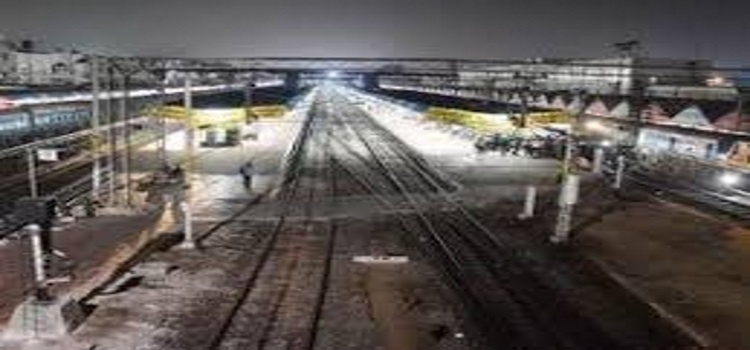
The Ministry of Railways is drawing up a Rs 20-lakh crore investment plan under which it will convert 10,000 km of its trunk routes into high-speed corridors and take up several other modernisation projects. The investment plan will be spread out over a period of 10 years, with average annual capacity upgrade and expansion outlay of Rs 2 lakh crore, a top rail official said.
“Since there has hardly been technology development in railways in past 3-4 decades, we are looking at leapfrogging to new technologies, and considering huge investments in the sector which was neglected till 2014 ,” the official said.
Half the total allocation — about Rs 10 lakh crore — will go towards speeding up train travel. Under the plan, railways would upgrade existing Delhi-Mumbai, Delhi-Howrah and Bengaluru-Hyderabad routes, among others, into high-speed corridors, and upgrade stations on the routes into world class terminals.
Railways would also complete the 3300-km long dedicated corridor project for freight movement that will free up existing routes to run more premium passenger trains and increase average speed. “It will help us attract more freight traffic as our delivery timelines and service would substantially increase.
Also, it will help us rationalise freight charges,” the official said. The national transporter would also induct more than 40,000 German technology-based LHB coaches that are safer and will reduce the number of causalities in case of train derailment or an accident. Additionally, the Railways has planned a complete overhaul of the signalling and electrification network at an estimated cost of Rs 60,000 crore that will allow it to run trains every 6-7 minutes.
Since the National Democratic Alliance (NDA) government has come to power, investment in railways has gone up substantially. In the past three financial years, the government has spent more than Rs 3 lakh crore towards the development of this critical infrastructure sector. The railways is expecting to generate substantial revenue by monetising assets such as overhead electric lines, land bank among other things to fund the plan.
The national transporter will also receive funding through institutional investors such as Life Insurance Corporation of India (LIC) and Indian Railway Finance Corporation (IRFC) bonds.
For its high-speed corridor projects, it could get financing from the Japanese funding agencies, World Bank, Asian Development Bank (ADB) and several other investors, the official explained.
